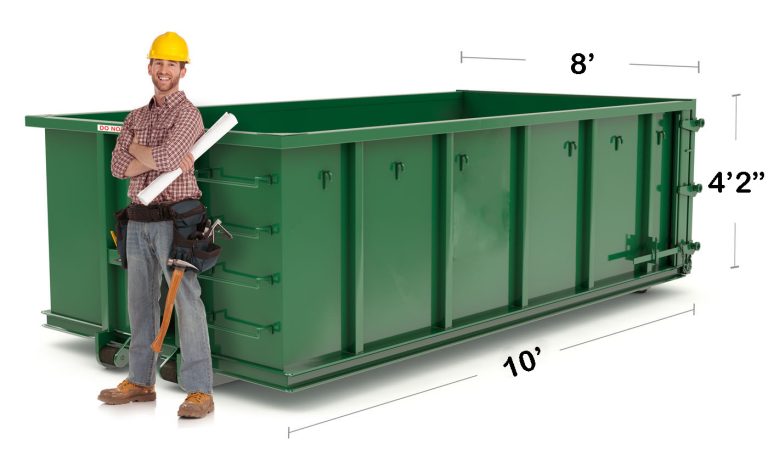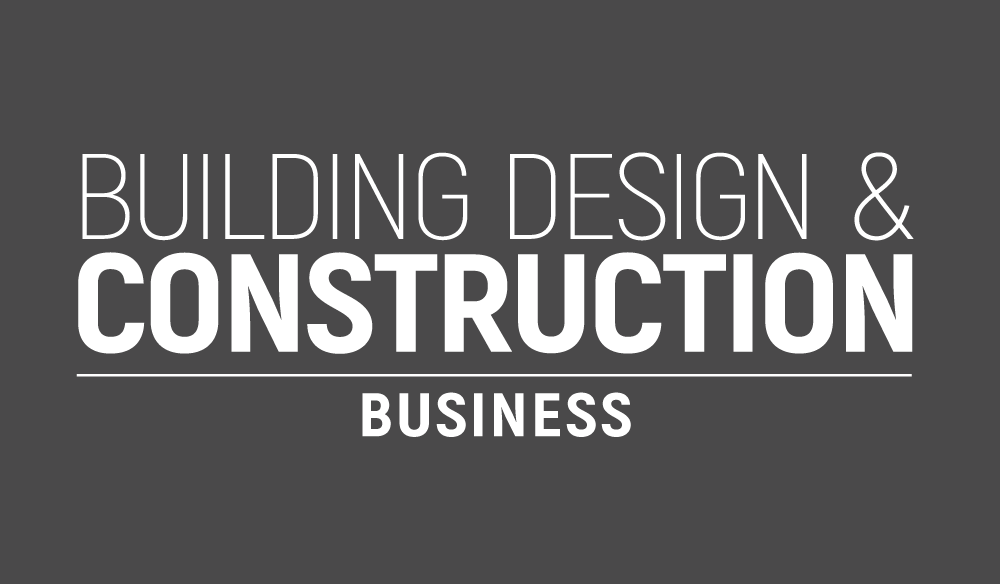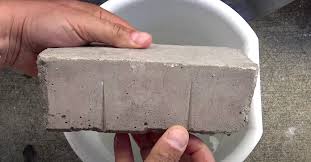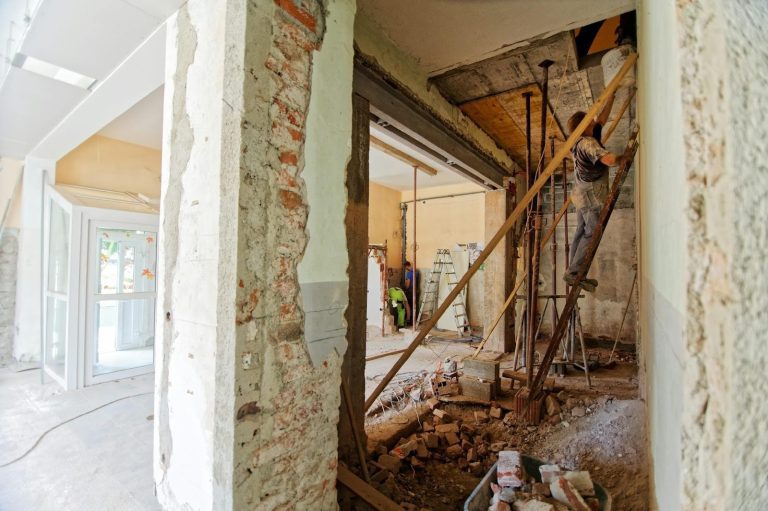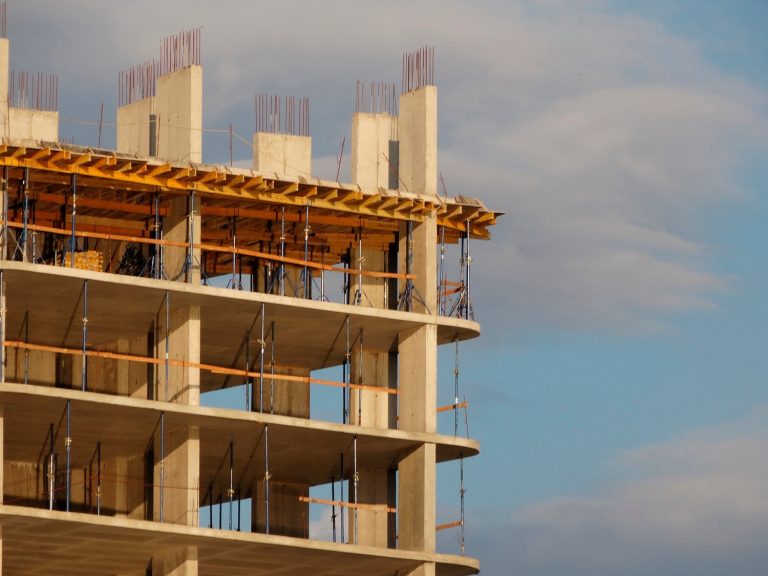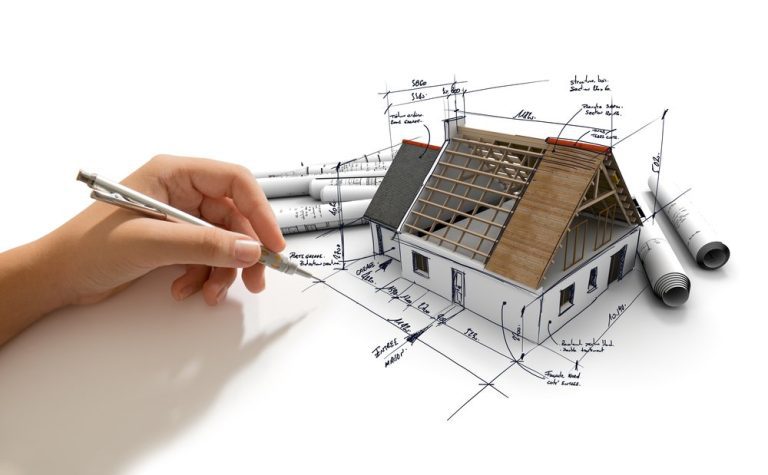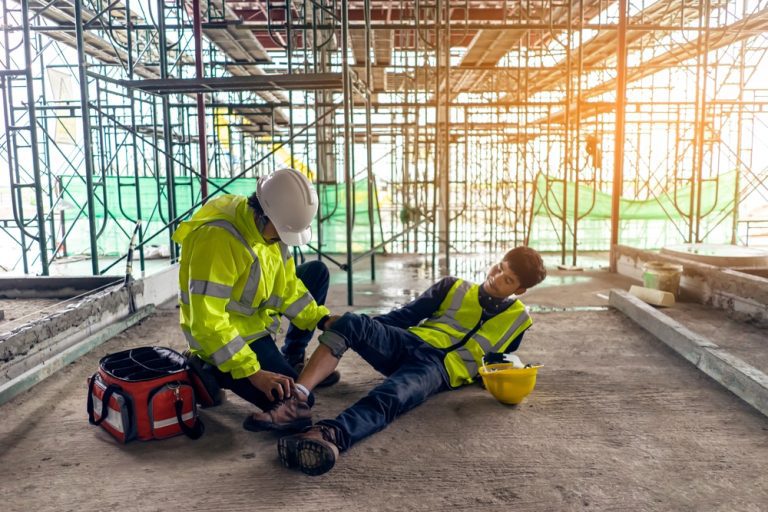Sometimes, owning an older property can seem more like a burden than a blessing. Whether the home is one that has been inherited, a rental that has seen much better days, or simply one you no longer want, selling it can sometimes be overwhelming. Many homeowners fret over the expense and time involved in getting a property ready to sell. However, there are some ways to be free from that old property without unnecessary hassle or financial strains. Understanding the Challenges of Selling an Old Property Older homes can be quite a challenge to sell, as they usually come with a list of problems. From structural issues and outdated designs to maintenance backlogs, these properties may not be very appealing to the average buyer. Traditional home sales require making repairs, upgrading, and staging a property to market-ready status, which quickly adds up in costs. The most common is dealing with real estate agents and the process taking so long to sell. For a quicker and more efficient way, all you have to know is how the options are placed in front of you. The good news is, by having the proper approach, headaches can be prevented, especially when going the traditional way in selling your house. Exploring Stress-Free Selling Options Working with a cash home-buying company is one of the best ways to unload an old property since that will not cost extra. These firms have specialized in buying homes in their existing condition and thus do not require costly repairs or upgrades. If you’re looking for a hassle-free solution in Tennessee, consider working with Nexus Homebuyers. They provide a very simple process in which a homeowner can sell their home quickly, without the headache of traditional selling expenses. Selling to a cash buyer bypasses the customary inspections, appraisals, and contingencies that hold up a sale. Instead, you get a fair cash offer based on the current market value of your property, enabling you to close the deal in a matter of days rather than months. The Financial Benefits of Selling As-Is This, too, can help homeowners save literally thousands of dollars by selling the old property “as-is”. Repairs related to major defects like plumbing, roofing, and electrical are the costliest, yet the returns to such investments are not always predictable. By selling your property “as-is”, you avoid these costs while still commanding a fair price for it. Besides, with a home-buying company, you will not have to pay real estate agent commissions or closing costs. Traditional sales typically include agent fees of about 5-6% of the selling price of the home, not to mention other charges for marketing, inspections, and negotiations with potential buyers. In a direct sale, you will avoid these costs and therefore be able to retain more of your proceeds. Simplifying the Paperwork and Closing Process Besides the stress involved in managing the paperwork, one of the most stressful aspects of a home sale is closing the house. There are lots of documents, negotiations, and possible delays due to buyer financing problems in traditional sales. This is not usually the case when selling with a cash buyer. Most serious companies that buy homes have experience in organizing all the paperwork, which means less possibility of headache situations in the house closing. For the most part, sellers are free to select whatever closing date suits their schedule for flexibility and convenience. It is also highly convenient for people needing to sell in a hurry for financial reasons or moving to another area due to job changes or personal reasons. Avoiding Unnecessary Showings and Marketing Efforts Selling an older property through traditional real estate channels will often involve multiple showings, open houses, and return visits by interested buyers. This can become quite time-consuming and invasive of a homeowner’s daily routine. Those homeowners whose properties need substantial updating or maintenance may find this task even more daunting with the requirement to make a house presentable. The process of preparing a house for sale may involve deep cleaning, de-cluttering, and even investing in cosmetic improvements that definitely enhance its saleability. Besides, owners have to be prepared to incur some costs regarding the marketing of a property to prospective buyers. Such costs will normally involve professional photography that showcases the features of the property, online listings in various sites for better exposure, and professional staging to make the place appear more appealing. All these can add up not only in terms of time but also financially, which can be quite burdensome for sellers who may already be experiencing financial or emotional stress related to their property. Most of these can be avoided by considering another selling option, such as a direct cash sale. The cash sale will save them from expensive marketing strategies and the stress of maintaining their property in perfect, show-ready condition. No stress of last-minute appointments, intrusive visits, or dealing with the uncertainties associated with the traditional home-selling process. Instead, the sellers would be able to have a smoother transaction with less headache and stress and can move on with their future plans without the added burden of maintaining a property they no longer want to keep. Making a Quick Decision for Peace of Mind For most owners, the entire process of maintaining an unwanted property is a source of continuous stress and financial strain. Over time, the cost of property taxes, utility bills, and maintenance charges piles up, making holding onto a home more costly than selling it. A quick decision to sell will save the homeowner from all these burdens and enable him to move on with his life. Selling an old property isn’t necessarily burdensome or costly. By exploring the different alternatives that are considered stress-free and working with people who have abundant experience in the field, a homeowner may achieve a perfectly seamless transition without unnecessary extra costs or headaches. From downsizing or relocating, to simply having property one no longer needs or desires, there’s a way of doing things without much hassle.
